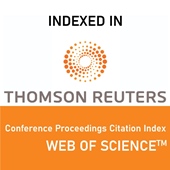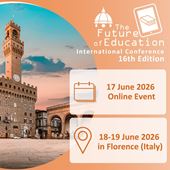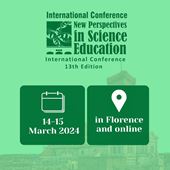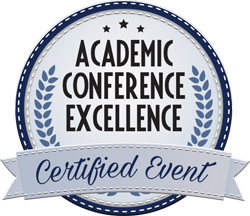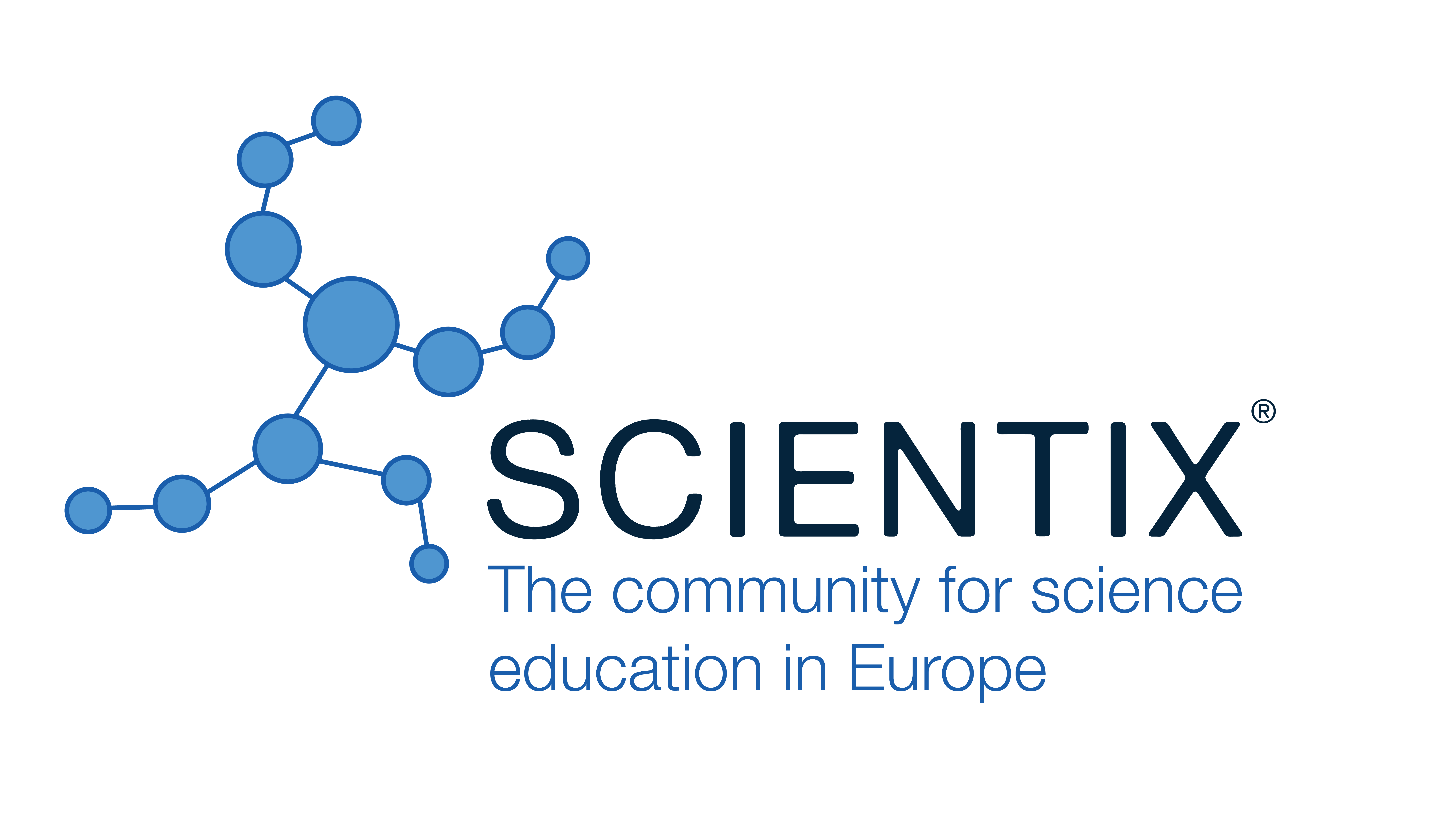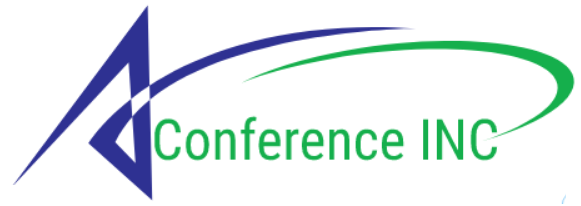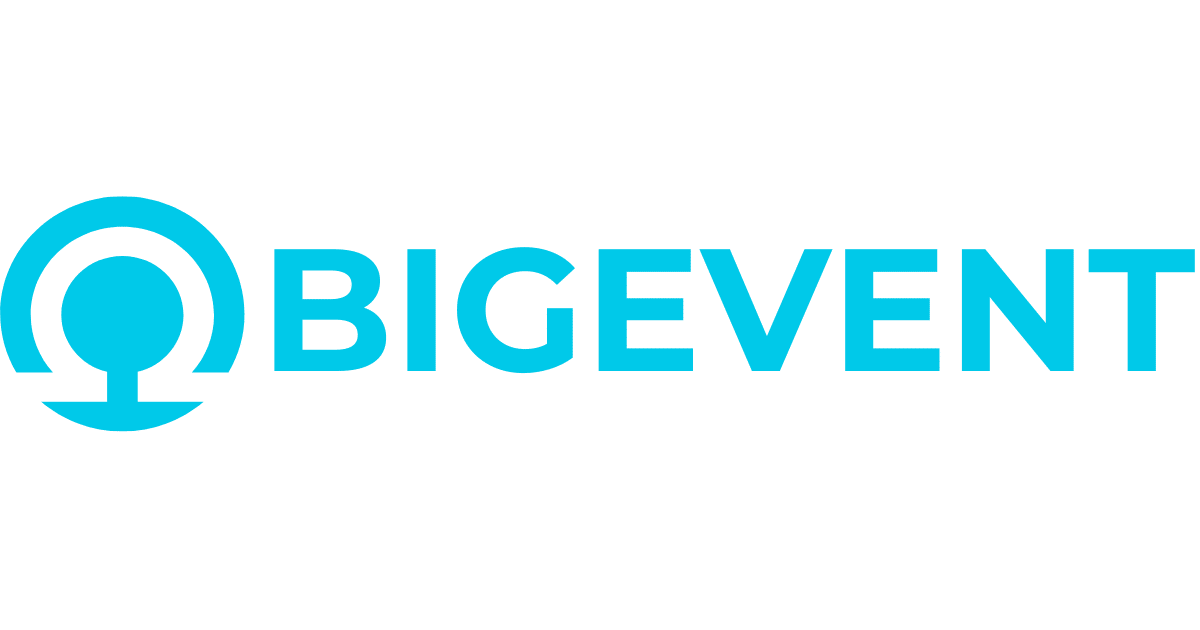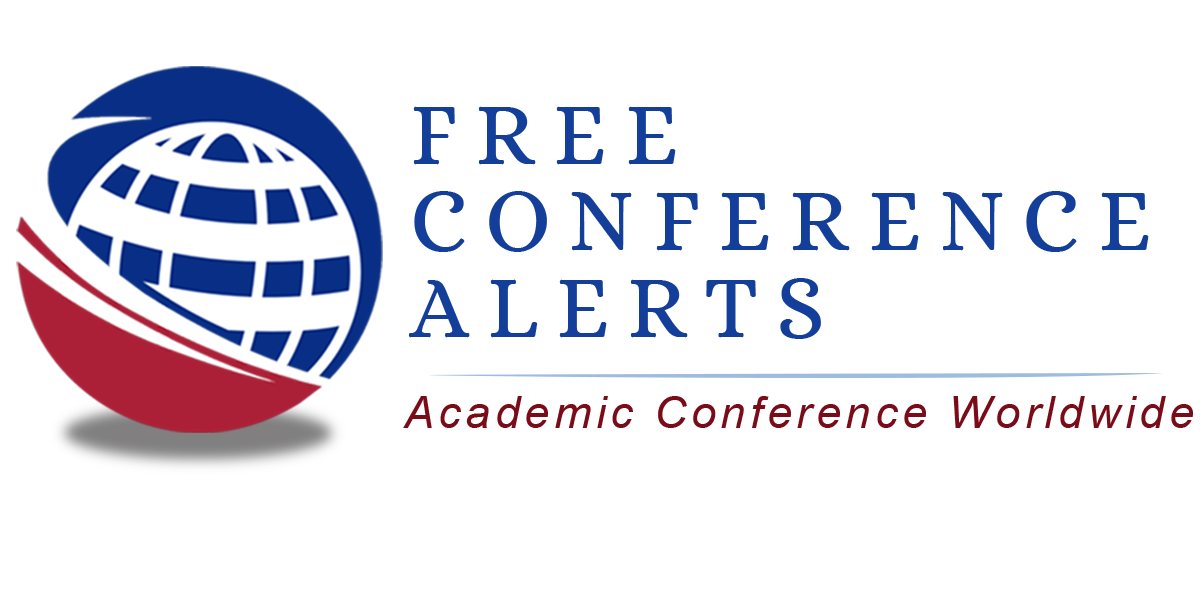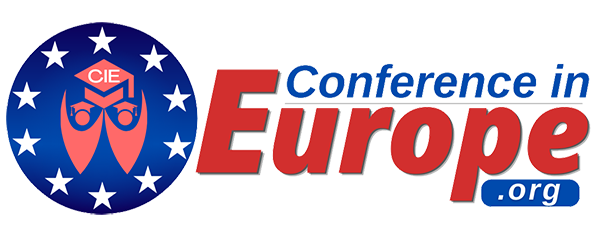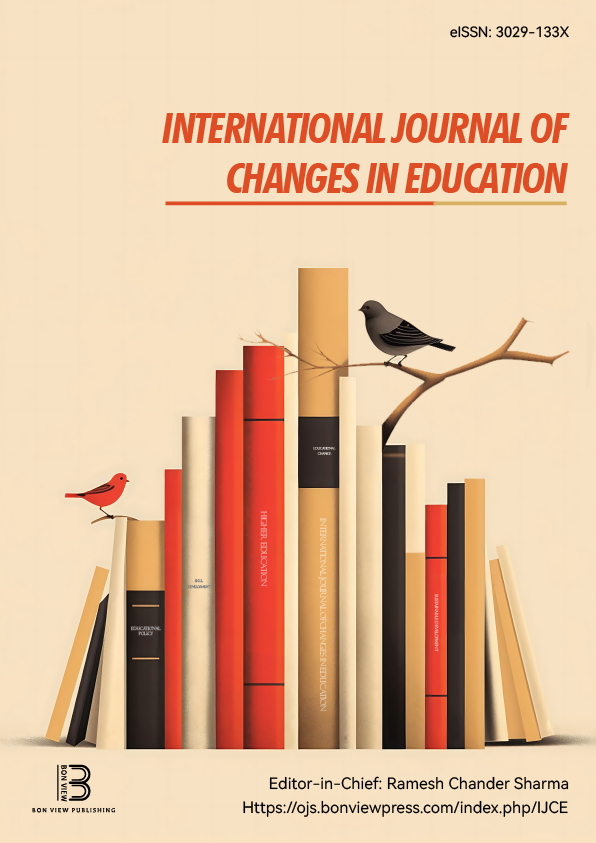The Potential of Student Drawings to Investigate New Learning Contexts
Sarah Nell-Müller, Johannes Gutenberg-University Mainz (Germany)
Abstract
Keywords: Research on teaching and learning, qualitative research, drawings, objective hermeneutics, studentcentred
REFERENCES
[1] Münte, P., Piberger, J. & Scheid, C. (2022). Kinderzeichnungsanalyse als Chance für die Erforschung von Bildungsprozessen: Ein objektiv-hermeneutischer Zugang zu Kinderzeichnungen [Analysis of Children's Drawings as an Opportunity for Educational Research: An Objective Hermeneutic Approach to Children's Drawings]. In M. Kekeritz & M. Kubandt (Hrsg.), Kinderzeichnungen in der qualitativen Forschung (S. 129–155). Springer VS. https://doi.org/10.1007/978-3-658-34885-4_5
[2] Tetzlaff, L., Hartmann, U., Dumont, H. & Brod, G. (2022). Assessing individualized instruction in the classroom: Comparing teacher, student, and observer perspectives, Learning and Instruction, 82. https://doi.org/10.1016/j.learninstruc.2022.101655
 The Future of Education
The Future of Education
